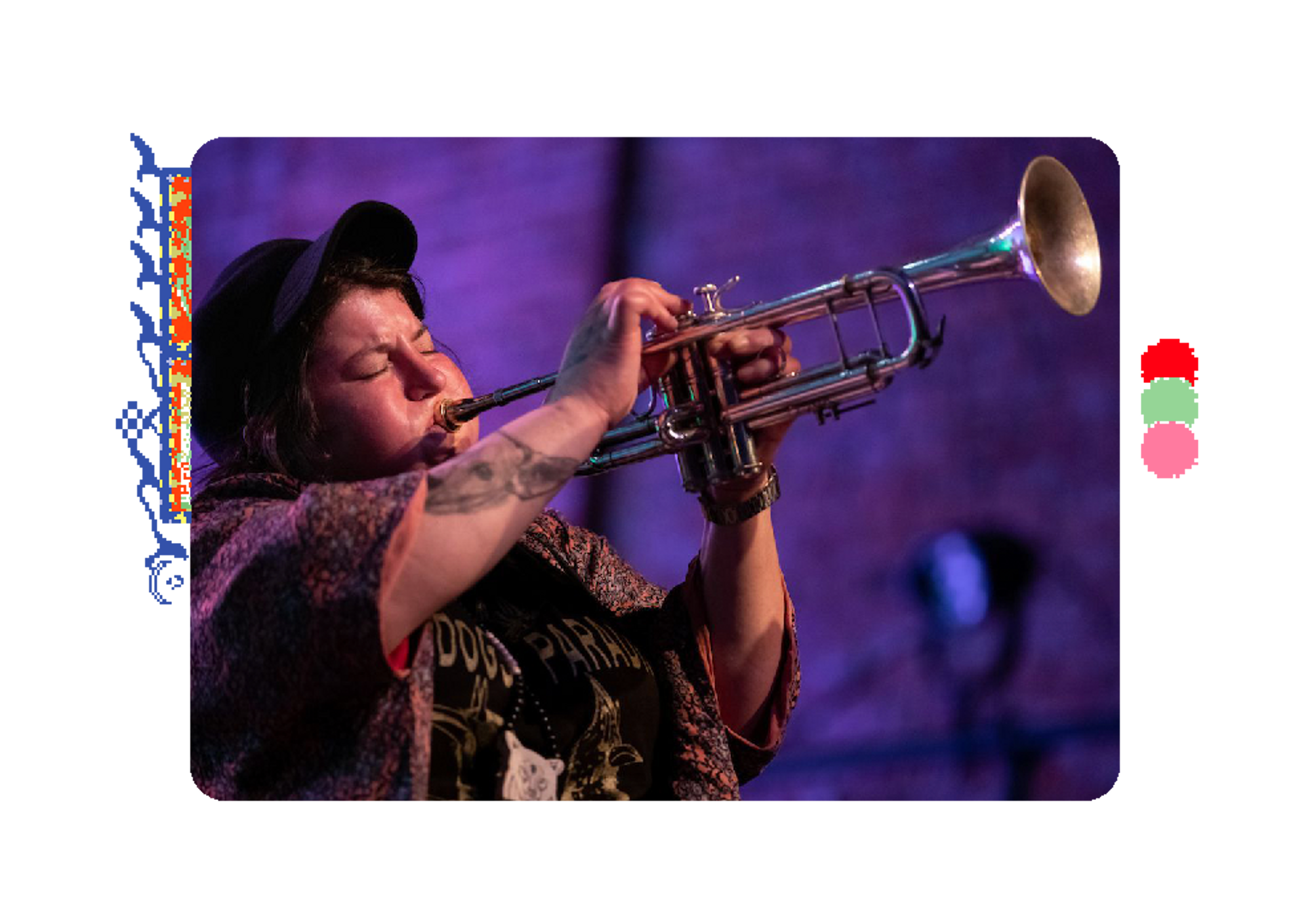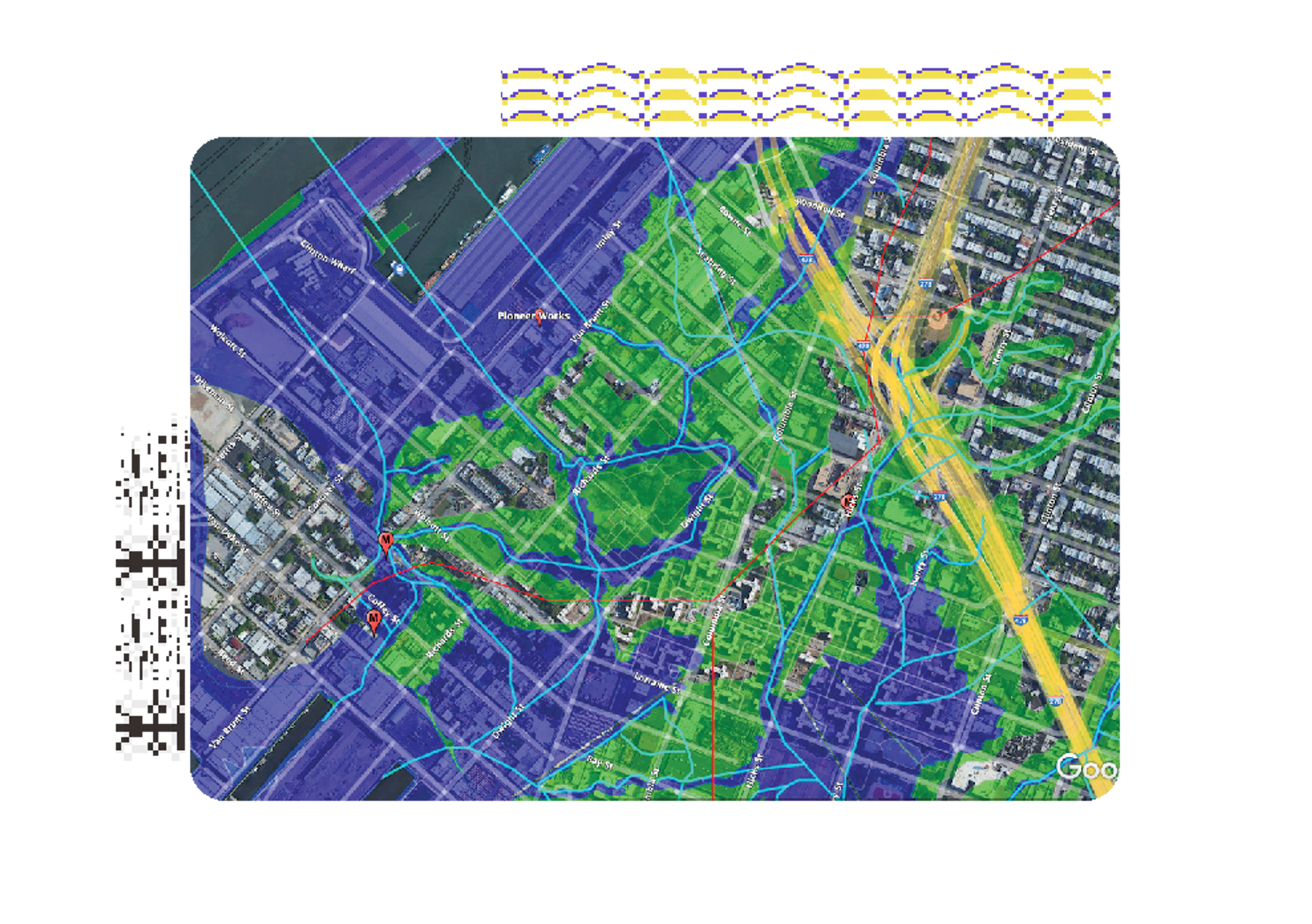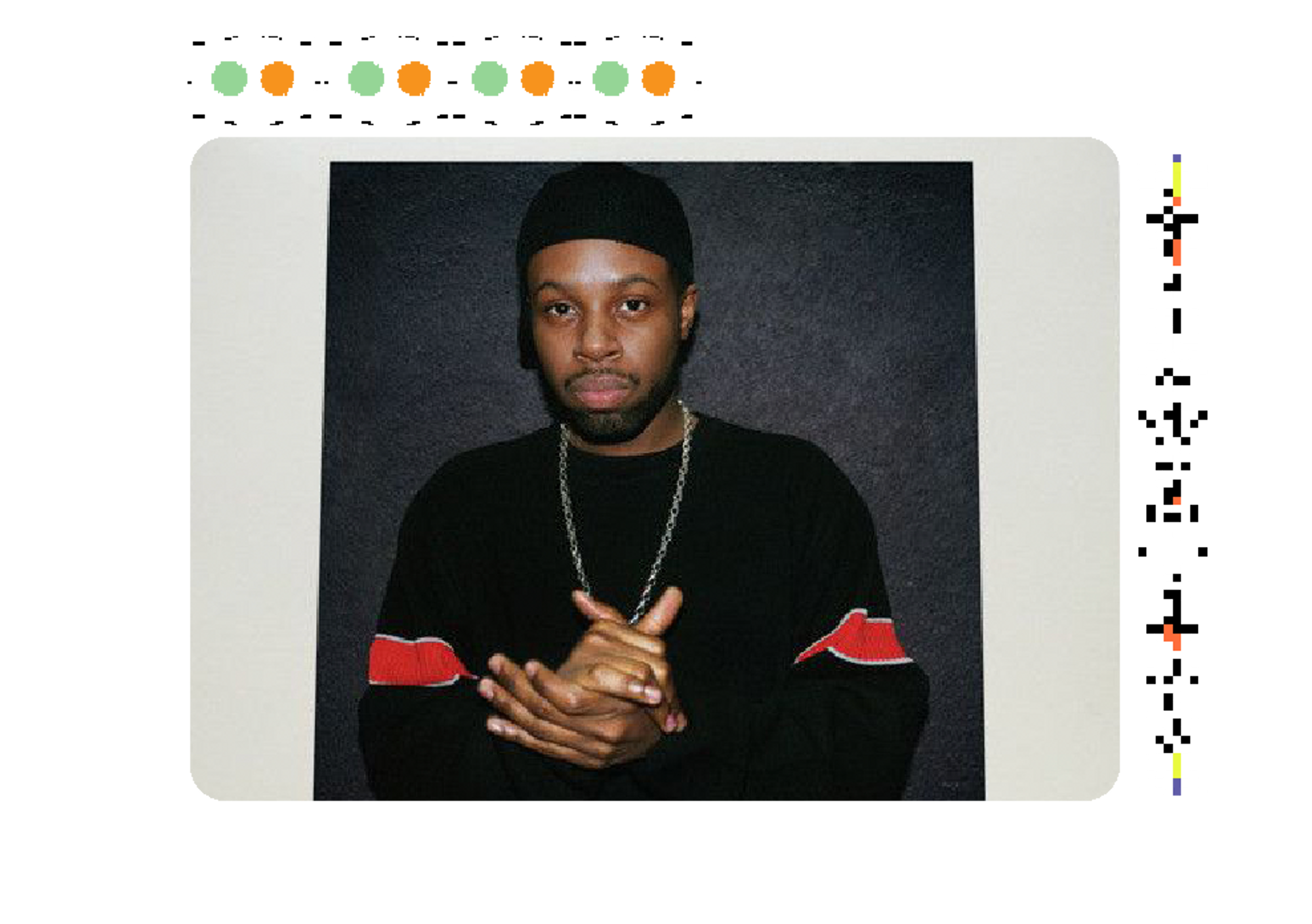Broadcast's Year in Review
From pulsars to perception; from pathbreaking music to queer theology and cinéma vérité; from buried “ghost streams” to vital new currents of thought… in 2022, Broadcast covered a lot of ground. We hope you enjoy our favorite pieces of the year. And that they stir your appetite for riches to come as we continue in 2023 to publish the most vital stories at the intersection of art and science—stories that you can’t find anywhere else.
- The Editors
“Let’s Get Up in the Air and See What It’s All About”
by Hank Shteamer

The beloved trumpeter and composer jaimie branch tragically left us on August 22, 2022, at age 39. Music journalist Hank Shteamer’s interview with her, a few weeks earlier, sadly turned out to be among branch’s last. In conversation, branch embodied the liberatory spirit of her boundless work, her belief in music’s potential to transport, and her own creative path and hopes for the future. “I think of all music as dance music,” she said. “You have to get the music in your body. If the music is in your body, then you can be truthful with it in any other form.”
What Lies Beneath
by Joshua Jelly-Schapiro

Pioneer Works Broadcast may exist, as an online magazine, everywhere and nowhere. But our brick-and-mortar home is in Red Hook, Brooklyn: a neighborhood that was shaped by old streams and waterways which still flow and gurgle beneath its pavements now, if you know where to look. No one knows this better than Eymund Diegel, Brooklyn’s foremost forensic geographer. And in this deep dive into the borough’s once and future waters, Diegel wandered our neighborhood’s streets with our own Joshua Jelly-Schapiro, pointing to where Red Hook’s “ghost streams” lead—and to how a better understanding of our hydrologic history may be vital, in this age of rising seas, to our collective future.
Broadcast Monologues: Discover Dead Stars with Dame Bell Burnell
by Jocelyn Bell Burnell

On the day of the announcement of the 1974 Nobel Prize in Physics, a colleague approached Jocelyn Bell with trepidation: her graduate work on the discovery of pulsars—dense dead stars that pulse like astronomical lighthouses—had been awarded the Nobel Prize. And she was not among the recipients. He was terrified she would be "cross." She was elated: for the first time, the Nobel in Physics had been awarded to Astronomy, long overlooked as a subject worthy of the highest accolade. In this episode of the Broadcast Monologues, Bell Burnell tells her remarkable story in an ethereal film animated by Micah Ganske.
13 Ways of Looking: Hua Hsu
by Hua Hsu

Few books in 2022 so moved us like Hua Hsu’s Stay True—a memoir of grief, music, and friendship whose September launch we were thrilled to host at Pioneer Works with a gracious assist from the writer and critic Lucy Sante. In Hsu’s contribution to our column “13 Ways of Looking,” he reflects on the visual inspiration behind an acclaimed book that’s dotted with mementos and photos from Hsu’s youth in the ’90s. He recalls his fondness for the tiny calendars on the packaging of Export ‘A’ cigarettes and a giant Björk poster he hung over his bed in college (until it gave him nightmares)—mementos of experience from youthful days, when “exploring memories was a way of forestalling the future.”
Actual Presence
by Sasha Frere-Jones

Michael and Christian Blackwood may not be the best known members of a generation of American documentary filmmakers who, in the 1960s, adopted the mores and methods of cinéma vérité. But Sasha Frere-Jones’s vivid ode to the Blackwoods’ brand of “direct cinema”—cinematic portraits of musicians and artists which include no interviews, narration, or non-diegetic sound—convinces us that they should be. Coinciding with our online screening of the Blackwoods’ movies, Frere-Jones's essay parses their love for “direct presence” in film by furnishing a taste of it in prose. He describes watching Thelonious Monk play piano, Pauline Oliveros stretching the accordion, Jean Dubuffet “carefully clipping shapes from paper, or cutting larger shapes out of sheet metal, silent except for the rustle of the material under the knife, falling from his hands to the floor.”
An Impetuous Headlong Rush
by Simon Wu

The artist and art scene darling Maggie Lee hasn’t suffered from lack of attention. But here Simon Wu zooms in on an unremarked-upon aspect of Lee’s practice: her trail of Instagram videos. These brief clips of condiment packets, escalators, or the back of a hand comprise a kind of anti-cinema: the most banal recordings imaginable, they seem almost accidental. But in Lee’s hands, Wu argues, they mean more. He engages economies of attention in the age of TikTok to suggest how Lee’s feed helps us see why we’d all do well to resist the commodification of identity under capitalism and, for our own spiritual sake, be a little more random.
Beyond Dystopia
by Leon Dische Becker

How will science fiction change in response to a global pandemic? That’s the question we posed to two writers who are ideally suited to explore a seemingly simple question whose implications, as this brilliant dialogue proves, run deep. Elvia Wilk and Claire L. Evans discuss why sci-fi needs to be uncoupled from its fabled predictive capacity; how corporations have become the chief authors of speculative futures; what it would mean for science fiction to extricate itself from its colonial origins; and whether the solarpunk movement could turn out to be more subversive—and effective––than it seems.
In and Out of the Frame
by Tim Griffin

On the occasion of Charles Atlas’s landmark exhibition at Pioneer Works, “The Mathematics of Consciousness,” the iconic video artist sat down to discuss his 50-year career with the writer and curator Tim Griffin. Atlas’s wide-ranging practice has long incorporated dance, drag, and mathematics, but his keen interest in the body, space, and the camera has gained new resonance in our age of self-generated media. “In this world, everything’s about you, and it’s not,” Atlas reminds us. “However personal your experience here is, it’s also just something unfolding.”
In Praise of Musical Mistakes
by Piotr Orlov

J Dilla, the prodigious late producer, left an indelible mark on modern music. In this essay riffing on Dan Charnas’ Dilla Time, Piotr Orlov delves into a theme he saw weaving through its pages: moments when Dilla’s twisting of time, in now-beloved beats, were perceived as “mistakes.” Orlov takes on age-old biases in how “mastery” has been framed by so-called experts since the birth of recorded music. He explores how musical left turns once heard as errors—rhythmic, harmonic, and tonal—have been responsible, time and again, for reshaping culture.
Linn Tonstad's Theology of the Dance Floor
by Geoffrey Mak

Linn Tonstad is a rare scholar who doesn’t merely take academia out of its hallowed ivory towers, but brings it somewhere dark and sticky: the club. Tonstad, a professor at Yale’s Divinity School, has made her love for social dancing central to the emergent field of queer theology. In this immersive and textured profile, writer and party boy Geoffrey Mak catapults into a part of Tonstad’s world he doesn’t know—religion—to bridge it with one he does: the rave.
Scientific Controversies: James Webb Space Telescope
by Janna Levin, John Mather, and Wendy Freedman

The James Webb Space Telescope is the most complicated telescope ever built. 14 years late, 20 times over budget, and 30 years in the making, the $10 billion telescope unfurled over the course of a month last summer, passing 344 possible points of failure, to reach its orbit around the sun over a million miles away. The visuals it then sent home entranced the world: Webb’s deep field images penetrated through the cosmic space dust to reveal more galaxies, planets, and stars than previously imagined, hinting at a treasure trove of discoveries to come and provoking us to contemplate humanity’s place in this vast and evolving universe. In July, the director of the project, Nobel Laureate John Mather, visited Pioneer Works with the renowned astrophysicist Wendy Freedman to discuss the scientific rewards of this ambitious mission.
Subscribe to Broadcast